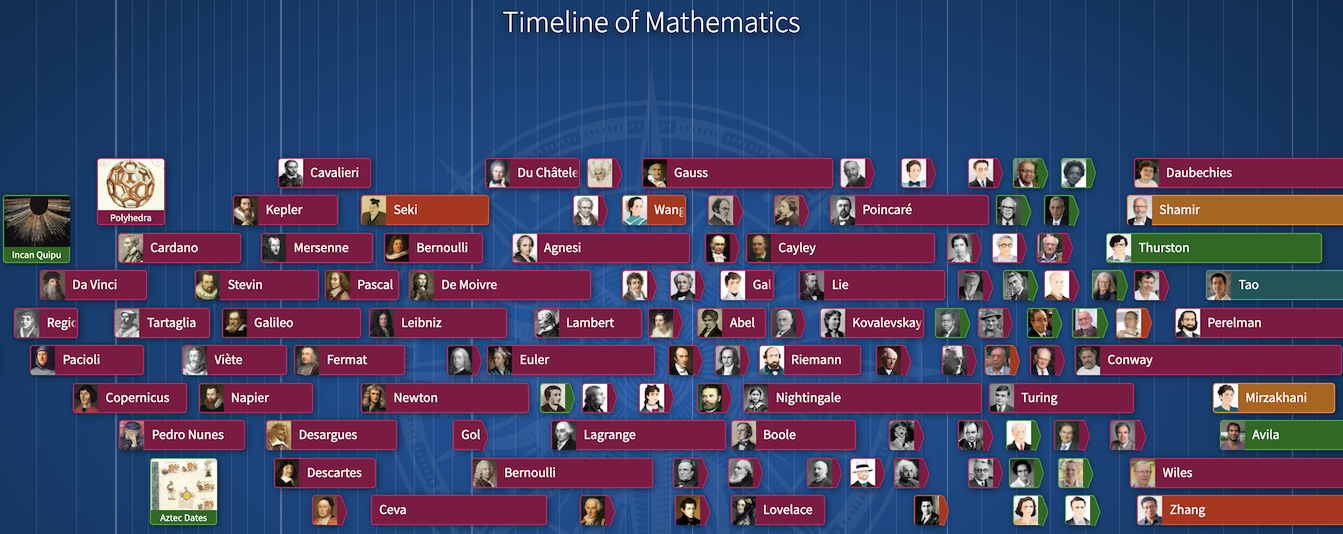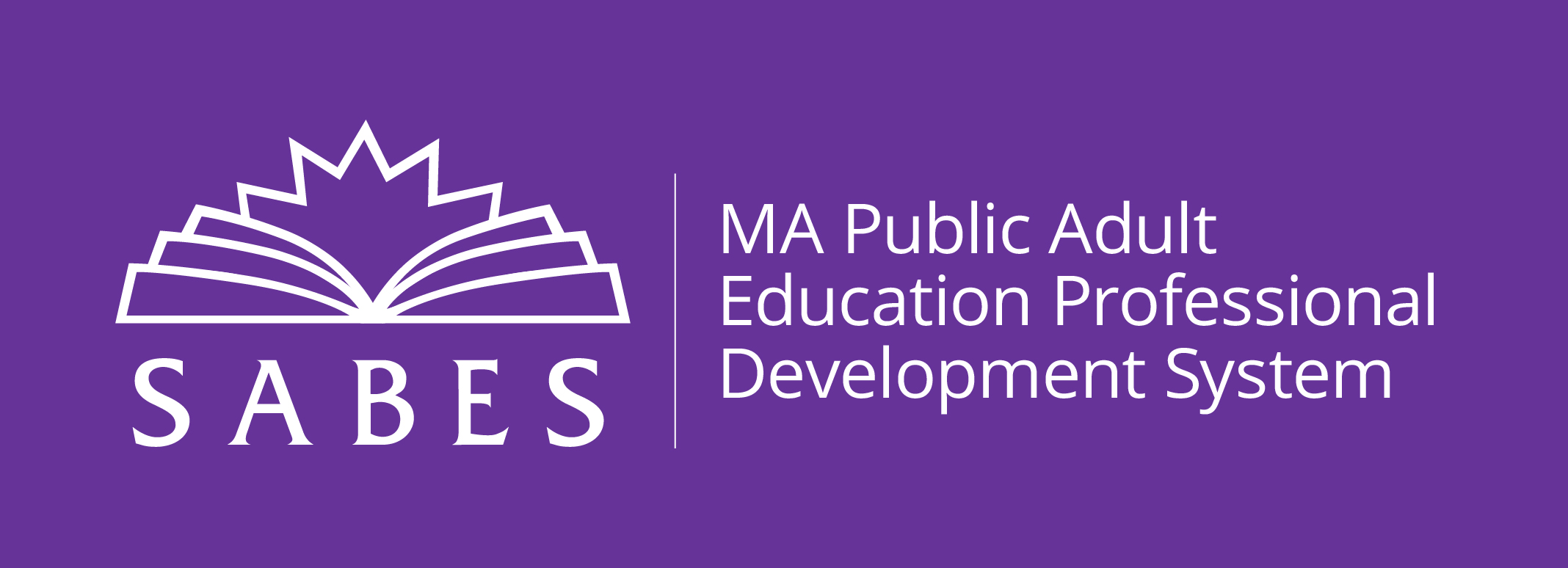
Mathigon.org has many interactive and engaging resources for learners and teachers. One such resource is a timeline of mathematics that provides short descriptions of significant people, objects, and events in the history of mathematics.
The timeline begins with the Ishango Bone which was discovered in the Democratic Republic of Congo in 1950 and is about 20,000 years old! While the description is short, students may want to use it as a starting point for further research into the Ishango Bone and what it tells us about how Paleolithic humans may have thought about numbers and what they may have used them for.
In other early parts of the timeline, students may explore and discover the contributions of ancient cultures around the world to the wealth of mathematics that we have today. The ancient Greeks are present, but so are many others. For example, students may research the contributions of Liu Hui who lived in China in the third century CE and “might be the first mathematician to understand and use negative numbers” or learn how the Maya wrote numbers by looking at the Maya Codex which was created in the 13th century.
It is valuable and empowering for students to realize that the timeline of mathematics does not begin with the ancient Greeks and it does not end there either. At the contemporary end of the timeline, students will find mathematicians who are working, creating, and discovering new math today. A project involving researching contemporary mathematicians and their histories can make a big difference to students’ perceptions of who does math in the world. For example, students may wish to research the story Maryam Mirzakhani, an Iranian mathematician who is the only woman ever to win the Fields medal (the highest honor in mathematics) or of Artur Avila, the first Latin American to receive the Fields medal. This kind of research goes a long way to showing that all math wasn’t just handed down from the ancient Greeks.
Another interesting question to explore is who we see and who we don’t see on the timeline. For example, there are many more men than women on the timeline – why is that? (If you or your students know of someone who should be on the timeline but isn’t, you or they can reach out to Mathigon via their contact form or on Twitter.)
Systems of counting, geometry… this can be paired with almost any math because every part of math is found somewhere on the timeline! Some sample math activities could include:
- Lesson 4: Traveling Through Time in EMPower’s Everyday Number Sense – students could investigate the amount of time that passed between different mathematical events.
- A collection of lessons including one on multiplying with Maya numbers from the Smithsonian National Museum of the American Indian: https://maya.nmai.si.edu/teachers
- Resources and a game about Maya numbers from the Smithsonian National Museum of the American Indian: https://maya.nmai.si.edu/maya-sun/maya-math-game
Some related resources include:
-
Mathematicians of the African Diaspora – a site “dedicated to promoting and highlighting the contributions of members of the African diaspora to mathematics, especially contributions to current mathematical research” has profiles of mathematicians with African ancestry.


